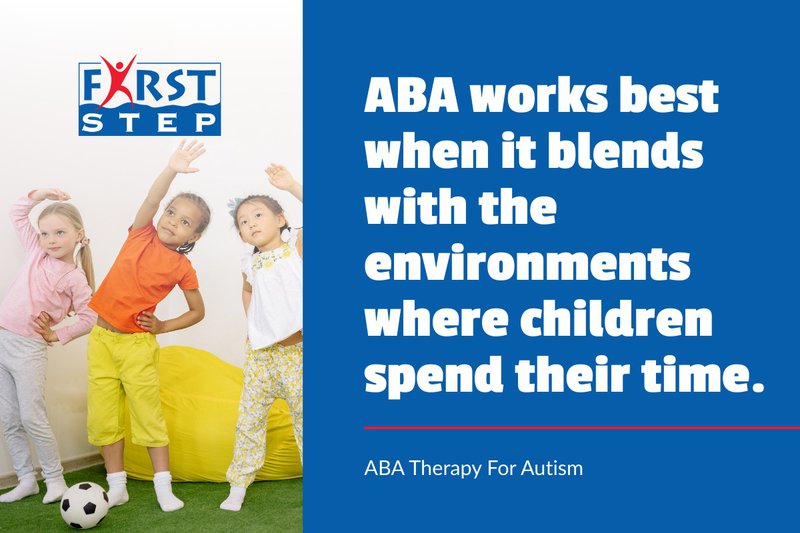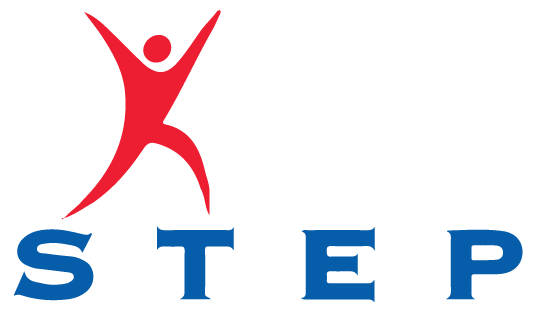If your child has autism, you’ve likely heard about ABA therapy. But what is it really—and how can it help? Many caregivers have the same questions: Is it safe? Does it work? Will it fit my child’s needs? This guide explains what ABA means and how to decide if it’s the right path forward.
Key Takeaways:
- ABA (Applied Behavior Analysis) uses reward-based learning to build skills and reduce difficult behaviors in children with autism.
- Core methods include Discrete Trial Training (DTT), Pivotal Response Training (PRT), and Early Start Denver Model (ESDM).
- Behavior analysis includes the ABC method (Antecedent, Behavior, Consequence) and Functional Behavior Assessment (FBA) to shape behavior.
- Early intervention (before age 4) leads to better long-term outcomes in language, social, and daily living skills.
- Sessions last 2–3 hours, multiple times weekly, customized to each child’s learning style.
- Parents are active participants, trained in techniques to support progress at home.
- Insurance often covers ABA with a formal autism diagnosis; financial aid and Medicaid may help.
- ABA therapy can happen in home, school, clinic, and community settings to support general skills.
What is ABA therapy, and how is it used in autism treatment?
ABA stands for Applied Behavior Analysis. It is a type of therapy that helps children with autism build helpful skills and reduce harmful behaviors.
ABA begins with clear goals and small steps. Children are observed to identify what triggers a behavior and what keeps it going.
ABA therapy is a science-based method that uses learning principles to change behavior. It is based on how behavior works—exploring what happens before and after actions. This helps identify the patterns behind helpful or harmful behavior and guides change in ways that benefit the child.
One basic idea is reinforcement. When a child does something helpful, encouragement such as praise, toys, or playtime helps them repeat the action. Punishment is avoided.
The ABC method is often used: Antecedent (what came before), Behavior (what happened), and Consequence (what came after). This foundation helps shape new behaviors.

What ABA techniques are used in autism treatment?
The most common techniques are Discrete Trial Training, Pivotal Response Training, and Positive Reinforcement.
- Discrete Trial Training (DTT): Breaks skills into small parts. For example, brushing teeth may be taught step by step until a child can do it independently.
- Pivotal Response Training (PRT): Uses a child’s interests to keep them engaged. For example, toy cars may be used to practice language skills.
- Early Start Denver Model (ESDM): Combines DTT and PRT for very young children, using play and communication to build skills like joint attention.
How does behavior change work in ABA sessions?
Behavior goals are reached by reinforcing helpful behaviors and reducing harmful ones.
Therapists identify the reasons behind behaviors like yelling or hiding—whether to get attention, avoid tasks, or express needs. Once the cause is known, children are taught better ways to communicate or respond. For example, instead of screaming for more time, a child may learn to hand over a picture card.
ABA does not aim to remove autism but instead supports children in ways that match how they learn and grow.
How can ABA therapy benefit children with autism?
ABA therapy helps children build new skills and feel more comfortable in their routines.
ABA builds skills by breaking down tasks into smaller steps and rewarding progress.
For example, dressing may be taught one item at a time. Success with socks is rewarded, then pants, then shirts, until the full task is mastered.
ABA also boosts language. A child who begins with picture-based communication may later use words independently through reinforcement of small steps.
Tantrums and emotional struggles can be reduced by teaching better communication strategies. For example, a red card for “I need help” can replace throwing toys. Calming techniques like counting or stress toys may also be taught.
For more information on ABA therapy activities at home, visit this guide.
Why is early intervention vital for successful ABA outcomes?
The best time to start ABA is before age 4. Research shows that younger children learn more quickly, building speech, play, and attention skills during formative years. Early intervention allows small skills to build into larger ones, creating strong habits that last.
Studies show children who start ABA early and attend 20+ hours a week often make greater gains in language, social, and daily living skills.
Typical early goals include:
- Responding to their name
- Sitting briefly
- Using a picture or word to ask for help
These goals expand into communication, play, and self-care skills as progress is made.
What does an ABA therapy session look like?
ABA sessions follow a structured but flexible format with room for play.
Structure typically includes:
- Warm-up activities (blocks, picture cards, or simple play)
- One-on-one teaching with rewards for correct responses
- Breaks to reduce stress
- Social skill practice in group settings
- Careful review and documentation
Most sessions last 2–3 hours and take place several times a week. Length and style are adjusted based on the child’s needs and family schedule.
What ABA therapy options exist at home, school, and in the community?
ABA can be effective in many environments.
- In-home programs: Build skills in familiar settings, with parents trained to continue strategies throughout the day.
- Clinic-based programs: Provide structured learning spaces and reduced distractions.
- School-based programs: Often part of an IEP, where ABA supports classroom participation and social development.
- Community-based programs: Teach real-life skills in everyday places like stores, playgrounds, or parks.
ABA works best when it blends with the environments where children spend their time.
Ready to Take the Next Step?
Unlock the potential for growth and progress with the proven support of ABA therapy. At First Step, Inc., children and families receive personalized care designed to build confidence, skills, and independence. If you’re ready to explore how ABA therapy can make a difference, connect with us today. Together, we can create a supportive path toward a brighter future.


